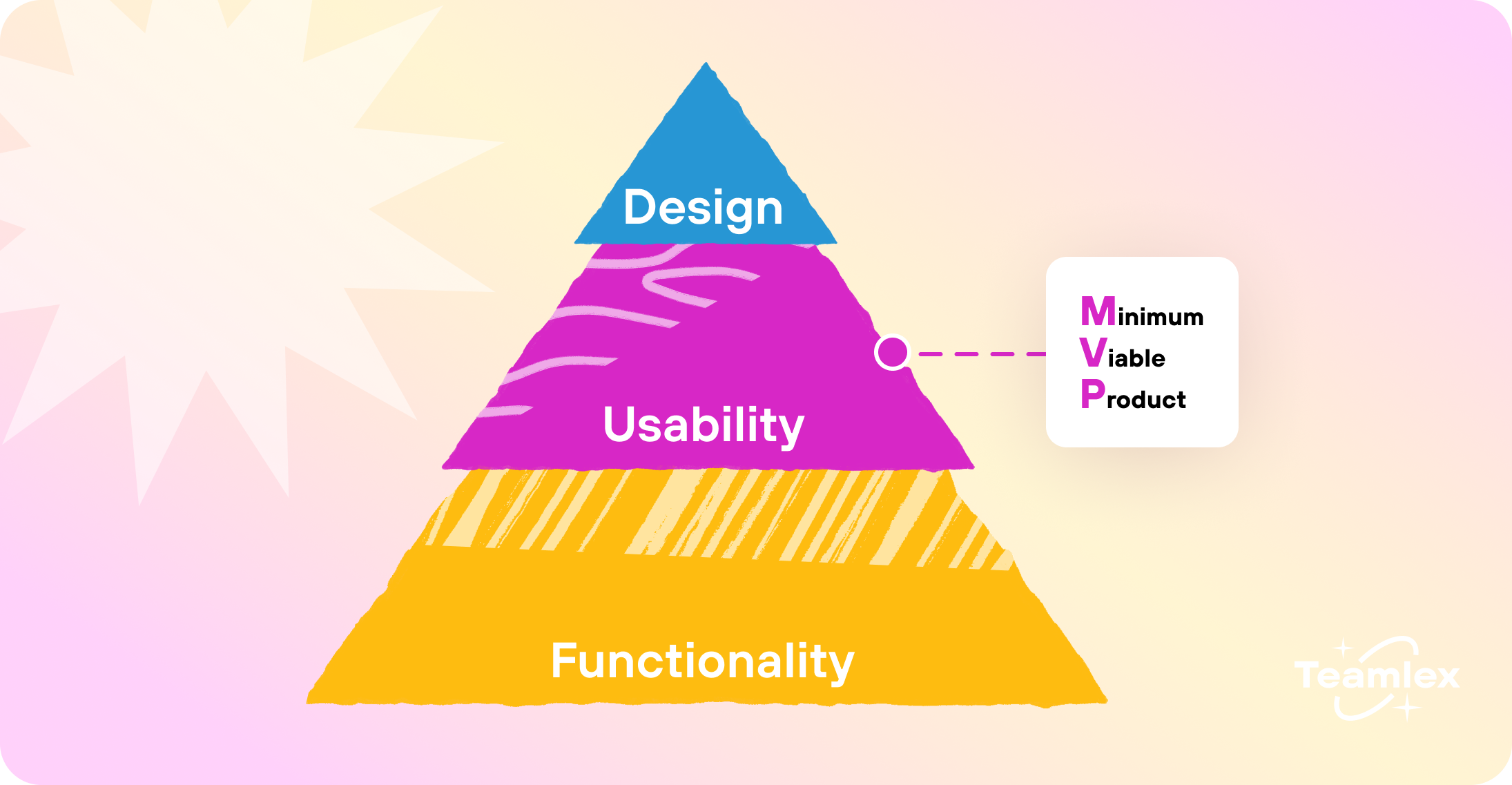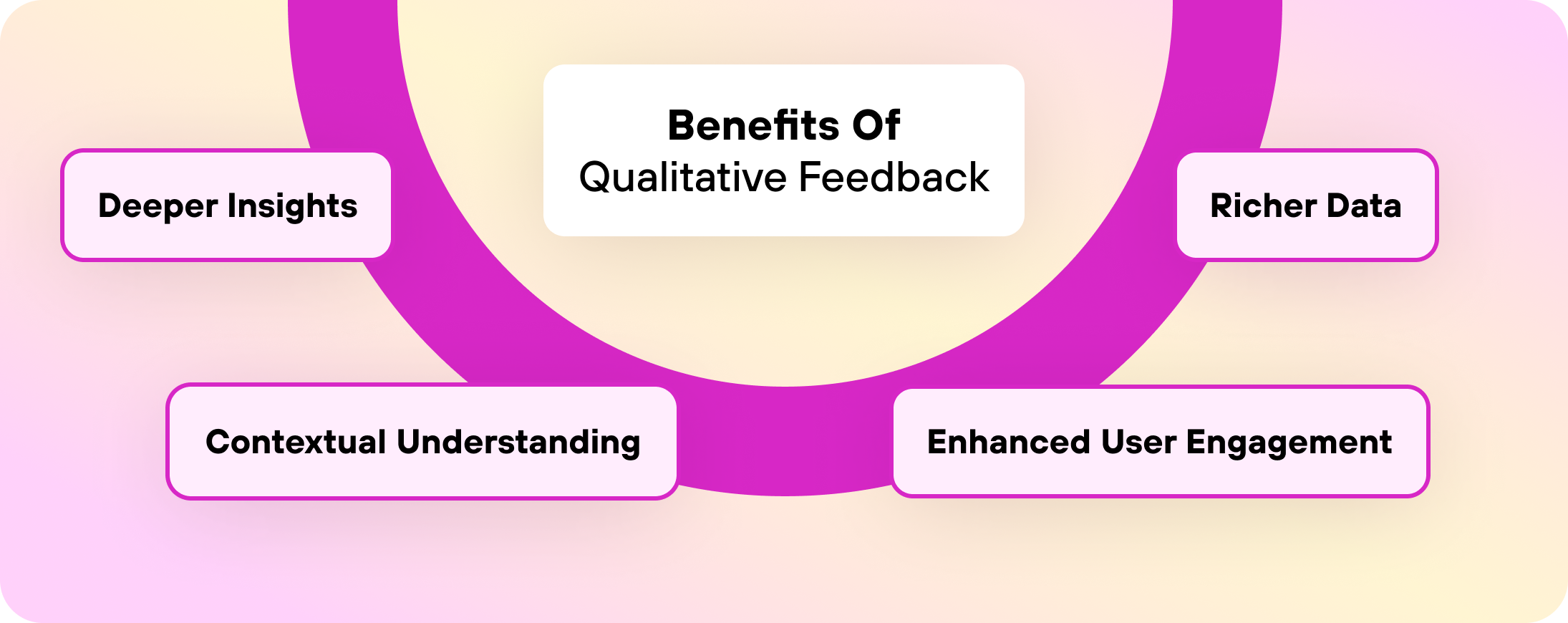For any new founder, the road to success hinges on achieving one major milestone: product-market fit (PMF). It’s the sweet spot where your product aligns seamlessly with market demand. While it’s not easy, PMF is achievable with the right approach. This guide breaks down everything you need to know to help your startup reach PMF and thrive.
What is product-market fit and why does it matter?
Product-market fit means that customers are not only interested in your product but also actively buying and using it, recommending it, and integrating it into their lives or work. Achieving PMF is critical because it’s a strong predictor of your startup’s future success. Without it, scaling becomes a challenge, and resources can be wasted on marketing or scaling a product that hasn’t found its footing.
Step 1: Identify and understand your target audience
The foundation of any great product starts with understanding who you’re building it for. Here’s how to get it right:
- Define your ideal customer profile (ICP): Pinpoint specific characteristics of potential customers, such as demographics, needs, pain points, and buying behavior.
- Conduct market research: Use surveys, interviews, and competitive analysis to validate your ICP. Look at both direct and indirect competitors to understand how they’re addressing the market needs.
- Analyze customer data: Review any available data to refine your ICP. This includes analyzing website traffic, social media engagement, or early user behavior.
Step 2: Develop a minimum viable product (MVP)
An MVP allows you to bring a simplified version of your product to market quickly, enabling you to gather insights without heavy investment.

- Focus on core features: Only build what’s necessary to solve the primary problem for your customers. Avoid adding too many bells and whistles at this stage.
- Gather early feedback: Share your MVP with a small group of users and ask for direct, honest feedback. Early adopters are more likely to provide insightful, constructive criticism.
- Iterate and improve: Use the feedback to make adjustments. This cycle of test-learn-iterate is essential for finding PMF.
Step 3: Measure customer response
The real indicator of PMF comes from your customers’ reactions. Use these metrics to gauge how well your product resonates:
- Retention rate: If customers continue to use your product over time, it’s a good sign you’re meeting their needs.
- Engagement rate: High levels of product usage and interaction suggest that customers find value.
- Net promoter score (NPS): NPS helps measure how likely customers are to recommend your product, which is a strong signal of satisfaction and value.
- Churn rate: A high churn rate may indicate a gap between customer expectations and what your product delivers.
Step 4: Gather qualitative feedback
While metrics are essential, qualitative feedback provides context. It can reveal hidden issues or potential improvements.

- Conduct user interviews: Ask open-ended questions to understand why users are (or aren’t) satisfied with your product.
- Monitor social media and online reviews: Platforms like Twitter, Reddit, or app reviews can offer candid insights into customer sentiment.
- Build a community: Foster a community around your product where users feel comfortable sharing their experiences. This can be a forum, a Slack channel, or social media group.
{{resource}}
Step 5: Optimize your product based on feedback
Once you have feedback, the next step is to act on it. Making adjustments based on user insights can bridge the gap between what you’re offering and what the market wants.
- Prioritize feature development: Use a framework like RICE (Reach, Impact, Confidence, Effort) to determine which features should be built or improved first.
- Enhance user experience (UX): A smooth and intuitive UX is crucial to keeping users engaged and satisfied.
- Address customer pain points: Address any recurring issues raised by users promptly. This builds trust and shows that you’re attentive to their needs.
Step 6: Create a value proposition that resonates
Your value proposition should be clear, concise, and reflect the unique benefit of your product. It should answer why customers should choose your product over competitors.

- Focus on key benefits, not features: Tell users what they stand to gain from your product.
- Use simple language: Avoid jargon or technical terms that could alienate potential customers.
- Test different messaging: Use A/B testing to see which messages resonate most with your audience.
Step 7: Identify the right distribution channels
Choosing the correct channels is crucial to getting your product in front of the right audience.
- Evaluate your options: Channels could include social media, email marketing, paid ads, or partnerships.
- Experiment with multiple channels: Test different approaches to see where you get the best results.
- Double down on high-performing channels: Once you know what works, allocate more resources to those channels to drive growth.
{{cta}}
Step 8: Build a strong onboarding experience
A smooth onboarding experience can significantly impact user satisfaction and engagement.

- Keep it simple: Limit the steps new users need to take to get started.
- Offer guided tours: Use in-app guides or tutorials to help users navigate your product.
- Provide support resources: Include FAQs, live chat, or customer support options to address any immediate questions.
Step 9: Monitor your product-market fit indicators
Even if you think you’ve achieved PMF, it’s essential to monitor the market continuously, as customer needs can evolve.
- Track customer feedback: Regularly review feedback to ensure you’re addressing any new pain points or desires.
- Adjust based on market changes: Market conditions, competitor movements, and customer expectations can shift. Stay agile and responsive.
- Keep improving: PMF isn’t a one-time achievement. Constant innovation and adaptation are key to maintaining it.
Common mistakes to avoid
Achieving PMF is a journey with potential pitfalls. Here are some common mistakes to watch out for:
- Skipping market research: Without understanding your audience, your product could miss the mark.
- Building too many features too soon: This can lead to wasted resources and complexity, especially if customers don’t value them.
- Ignoring negative feedback: Negative feedback can be a goldmine for improvement opportunities.
- Overemphasizing growth before PMF: Scaling too early without PMF can lead to a poor customer experience, high churn, and a damaged brand reputation.
Conclusion
Product-market fit is the foundation upon which successful startups are built. While it’s challenging, especially for new founders, it’s absolutely achievable with a thoughtful approach and continuous iteration. Focus on understanding your audience, developing an MVP, gathering and acting on feedback, and building a product that provides real value.
Remember, PMF isn’t static. Markets change, customer needs evolve, and competitors enter the scene. Keep listening to your audience, adjusting your product, and honing your approach to ensure that your product remains relevant and desirable.
By following these steps, you’ll be well-equipped to master product-market fit, laying a solid foundation for sustainable growth and long-term success.






















7